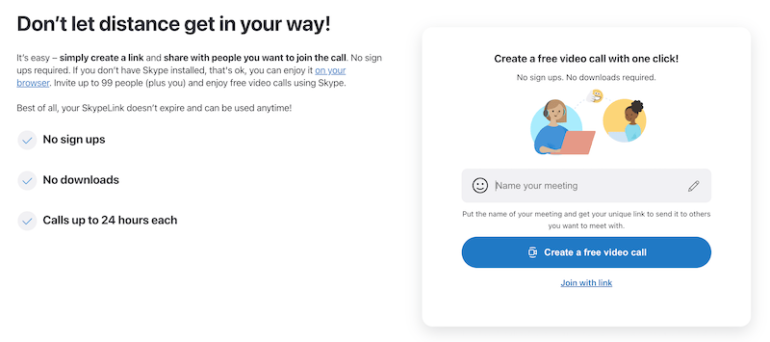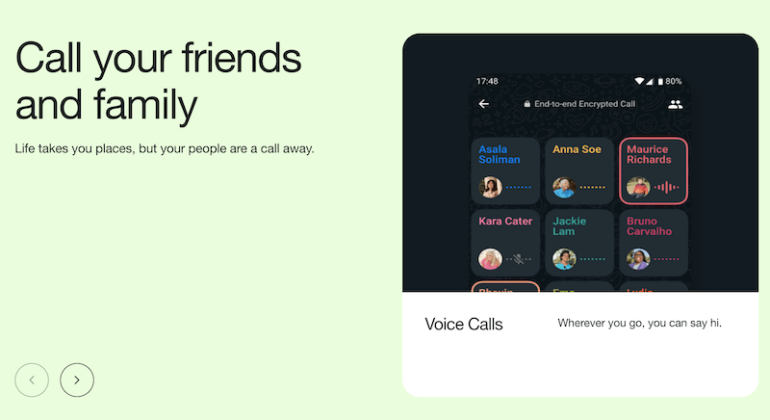Not that long ago, long distance calling was expensive. Per-minute fees and other hidden charges could quickly rack up anyone’s phone bill, businesses included.
Long distance calling in the past meant an actual person had to connect physical wires that allowed you to talk to the person on the other end. Back then, there weren’t wires running across the world — it required a string of operators connecting the right wires to make it work. The longer the distance, the more humans it took.
When you think about it that way, long distance fees made sense. Even though we’ve come a long way since then, those fees are far from a thing of the past.
The good news is that most people can easily avoid those fees altogether.
Why is long distance calling still a thing?
Landlines require copper wiring and digitizing devices to send your voice over a network wire to the person on the other end.
Just like 20 years ago, the longer the distance, the longer the wire.
In most cases, multiple connections have to be made to facilitate a long distance call. Even though it doesn’t require a human, there are costs associated with maintaining all the moving parts.
Today’s long distance fees are a lot lower than they used to be, but it does still cost your phone provider more to make a call that spans a longer distance.
However, you most likely don’t have to worry about long distance charges if you’re not using a landline.
Most mobile phone carriers offer unlimited long distance calling plans as standard. A handful may still have plans that don’t include it, but it’s considered the norm. VoIP systems leverage the internet to make calls and don’t charge extra for long distance either.
SEE: Understand the difference between landlines and VoIP systems.
Local vs long distance calling
Landline phone providers use a rate center to designate geographical areas. Calls placed to phones within the rate center are local — calls to phones outside the boundary are long distance.
Rate centers may be different from one phone provider to the next.
For mobile devices, there’s really no difference between domestic local and long distance calls, which is why long distance charges are largely obsolete on mobile plans. They may still use rate centers to determine where calls come from and to give mobile numbers an area code, but it doesn’t impact the cost of your call.
Long distance vs roaming
Roaming means your mobile phone is relying on a network from a different carrier. This can happen if you travel to another country or a location that some carriers cover and others do not. If you continue to use your phone, your carrier will be charged for using the other network.
This fee is then passed on to you. As mobile carriers expand their networks, this becomes less and less of an issue.
Long distance calling, on the other hand, has nothing to do with the network you’re using.
Domestic vs international long distance calling
So far, we’ve only talked about domestic calls. International calling fees incur when you call someone in a country other than the one in which you purchased your phone plan.
There’s a small caveat — some providers include regional coverage, meaning someone in the US could also call anyone in Canada and Mexico at no extra cost. However, not all carriers offer that, so it’s an important question to ask if you’re shopping around.
Unlike long distance calls which only apply to landlines, international fees can apply no matter what type of phone system you’re using.
Some providers may let you buy minute bundles or offer plans with discounted international rates, but most charge per minute. These rates vary widely depending on the destination you’re calling and tend to be higher in locations with less-developed networks or strict regulations.
They can range anywhere from a few cents to a few dollars per minute. However, you should also look out for:
- Connection fees: Some carriers may add this one-time fee that ranges from $0.50 to a few dollars per call. It’s particularly common with prepaid calling cards, but that’s not always the case.
- Country-based surcharges: Countries can impose government fees, regulatory surcharges, and levies that get passed down to the person who made the call.
- Mobile vs. landline: Calls to international mobile numbers are typically more expensive than landlines.
All of these depend on your carrier, so it’s important to ask them to outline any additional fees if you plan on making international calls.
How to avoid long distance calling fees
It’s relatively easy to avoid long distance charges. You may even be able to skirt international fees if you’re willing to look outside your standard phone plan.
Free long distance calling options
Zoom, Skype, and Google Meet are videoconferencing tools. However, you can use them without turning your camera on if you just want audio. You can use them on any phone or computer connected to the internet.
Most apps like these have a free plan. Zoom’s lets you host calls with up to 100 people, but you’ll be cut off after 40 minutes.
You can always start another Zoom call right after if you need more time.
Skype doesn’t require the other person to sign up or download anything, making it even easier for them to join. All you have to do is create a link and send it to them. Once they click, they’ll be with you.
It also allows international video calls, but they won’t be free. It varies from country to country, so be sure to check pricing before you start.

Voice over Internet Protocol (VoIP)
VoIP lets you make and take calls over the internet. It’s most commonly used for businesses, but residential VoIP plans also exist. Most plans include unlimited domestic (or regional) calling by default.
There are a few that offer a cheaper monthly fee but charge you per minute. In this case, local and long distance calls are considered the same and count towards your minutes.
However, this may be a more cost-effective option if you don’t make many calls.
Many also offer unlimited international calling packages or bundles of minutes to help keep costs low for global communications.
SEE: The best VoIP services for international calling in 2024
International calling apps
WhatsApp is one of the biggest apps for texting and making voice calls over the internet. If you use it over Wi-Fi, it’s entirely free. You can also use your phone’s network, but it uses up data — many people have unlimited data plans but that’s not always the case.

Apps like Rebtel and TalkHome are specifically made for international calling. They offer competitive rates that oftentimes beat traditional carriers and VoIP providers.
However, they tend to come with hidden fees and connection charges.

